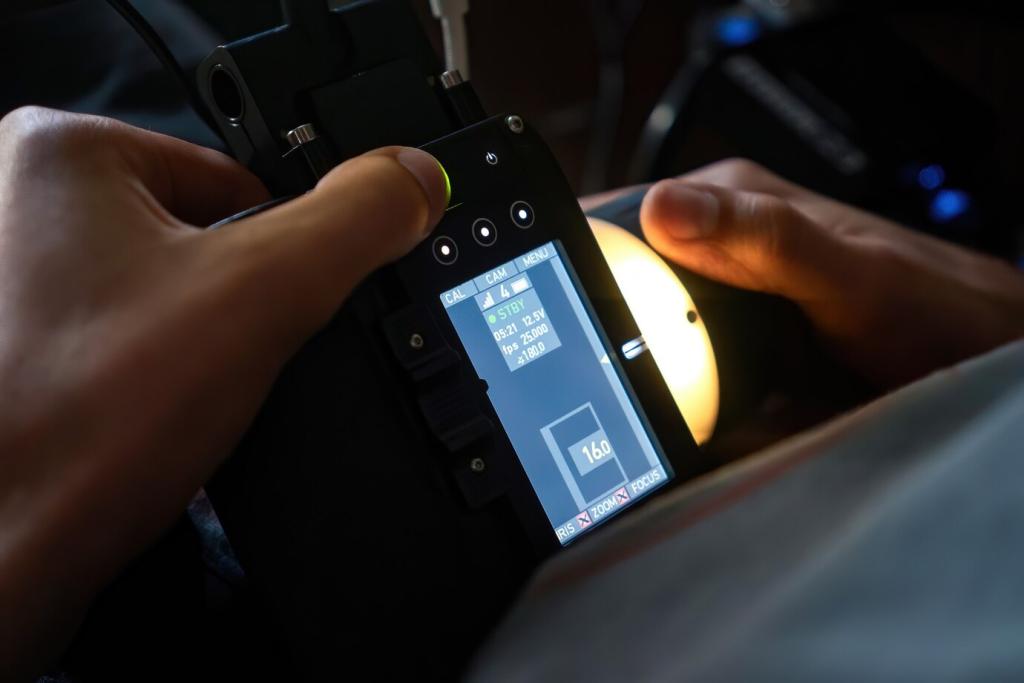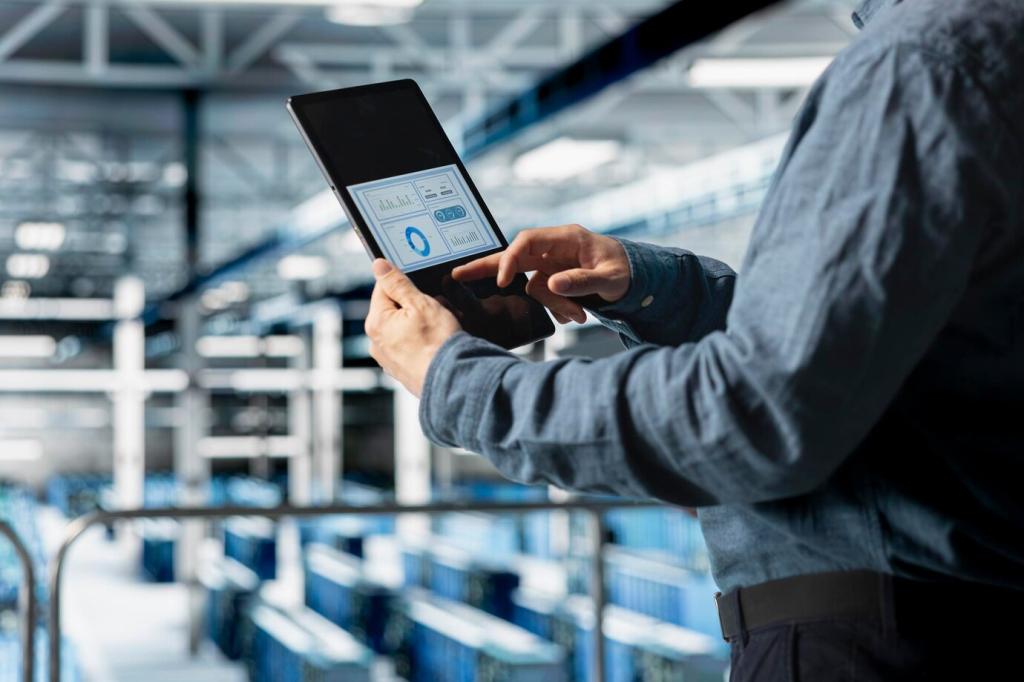
Integrating IoT in Warehouse Inventory Systems
Chosen theme: Integrating IoT in Warehouse Inventory Systems. Step into a world where pallets, shelves, and forklifts speak in real time, turning inventory headaches into clear, actionable insight. Explore practical strategies, human stories, and bold ideas you can implement now. Join the conversation, share your challenges, and subscribe for fresh, field-tested guidance.

Why IoT Now: The Case for Real-Time Inventory Intelligence
Leaders love dashboards, but forklift operators love fewer hiccups. IoT creates both: fewer cycle counts, faster picks, and a calmer shift. Tell us where your bottlenecks lurk, and we’ll explore tangible fixes worth piloting.
Why IoT Now: The Case for Real-Time Inventory Intelligence
No, IoT is not an all-or-nothing moonshot. Start with high-variance SKUs, a single zone, and clear success metrics. Small, scoped wins earn trust, unlock budget, and keep momentum steady through inevitable hiccups.
Choosing the Right Sensor and Connectivity Stack
RFID, BLE, UWB, or Barcodes: Matching Modality to Use Case
Fast-moving cartons love RFID portals; long-stay assets appreciate BLE; sub-meter precision points to UWB. Barcodes still shine for low-cost validation. Share your accuracy needs, and we’ll map technology to tolerance.
Connectivity Choices: Wi‑Fi 6, Private 5G, or LPWAN
Dense indoor environments often lean on Wi‑Fi 6 for throughput. Private 5G handles mobility and interference gracefully. LPWAN suits cold rooms and distant yards. Walk your floor plan, then design coverage, handoffs, and resilience.
Power Strategy: Battery Life in Harsh Conditions
Cold-storage sensors sip power differently than ambient devices. Duty cycles, data compression, and edge filtering extend life. Standardize batteries and swap routines to keep fleets predictable, safe, and boring—in the best possible way.
Data Flow: From Edge Events to a Trusted Inventory Source
Protocols That Play Nicely with WMS and ERP
MQTT shines for lightweight, event-driven messages; OPC UA bridges industrial gear; REST ties into business apps. Pick one pattern per flow, document payloads, and version carefully to prevent brittle integrations.
Stream Processing and Edge Filtering
Filter duplicates, squash noise, and enrich events near the source. Edge rules cut bandwidth and speed alerts. Your inventory system needs meaning, not a firehose. What signal would you promote first?
Building a Single, Auditable Source of Truth
Snap every movement to a timeline with actor, location, and confidence score. When disputes arise, timestamps and telemetry resolve arguments faster than emails. Trust grows each time data beats opinion.
Real-Time Visibility and Digital Twins of the Warehouse
Heatmaps, Zones, and Pick-Path Insights
Visualizing congestion turns intuition into plans. Zone heatmaps expose slow aisles; pick-path suggestions shave minutes from routes. Operators love when screens reflect reality—and respect how they actually move.
Event-Driven Alerts That People Don’t Ignore
Fewer, smarter alerts win. Notify on dwell time breaches, temperature excursions, or stockout risks with clear playbooks. Tie each alert to a single owner and a one-tap acknowledgement to avoid alert fatigue.
Iterating Layout with a Digital Twin
Prototype rack changes inside the twin, not during peak hours. Simulate pallet flows, test walk distances, and preview safety impacts. Share before-and-after snapshots to align ops, safety, and finance without guesswork.

Analytics, Forecasting, and Anomaly Detection
Predictive Replenishment That Reduces Firefighting
Blend scan velocity with supplier lead times and gate schedules to predict when SKU levels truly matter. Shift replenishment from reactive to scheduled, freeing supervisors to fix systemic issues, not momentary gaps.
Detecting Shrinkage and Process Drift
Compare expected journeys against actual paths. Flag midnight detours, unclosed tasks, or unusual portal crossings. Pair signals with cameras only where policy allows, and focus on process fixes rather than blame.
Edge Versus Cloud: Putting Workloads in Their Place
Latency-sensitive checks belong at the edge; heavy forecasting and model training thrive in the cloud. Keep models versioned, observable, and retrain on seasonality to avoid quietly stale predictions.
Zero Trust, Even for Forklifts and Gateways
Authenticate every device, segment networks, and expire credentials aggressively. Least-privilege is not just for laptops. Prove access with logs, and be ready to quarantine misbehaving nodes without halting the shift.
Firmware, Certificates, and Patch Cadence
Plan updates like mini-deployments: staged rollouts, rollback paths, and maintenance windows. Automate certificate rotation. Document dependencies so a gateway patch does not silently break your busiest zone.
Compliance and Audit Trails People Can Use
Turn compliance into clarity. Keep human-readable trails for temperature, chain-of-custody, and lot movements. When auditors visit, answering in minutes, not days, becomes a competitive advantage everyone appreciates.

People, Process, and Change Management
Operators care about fewer rescans and safer lifts more than acronyms. Explain how IoT reduces backtracking and overtime. Capture their suggestions live, then ship them quickly to show genuine partnership.



Scaling, ROI, and What’s Next
Track fewer metrics, measured well: search time, pick accuracy, dwell exceptions, cold-chain integrity, and rework hours. Tie improvements to cost per order. Share your baseline, and we’ll help frame a focused scorecard.
Scaling, ROI, and What’s Next
Clone success with templates: bill of materials, configs, dashboards, and training kits. Use feature flags for gradual enablement. Publish a rollout calendar so sites feel supported, not surprised, by change.
